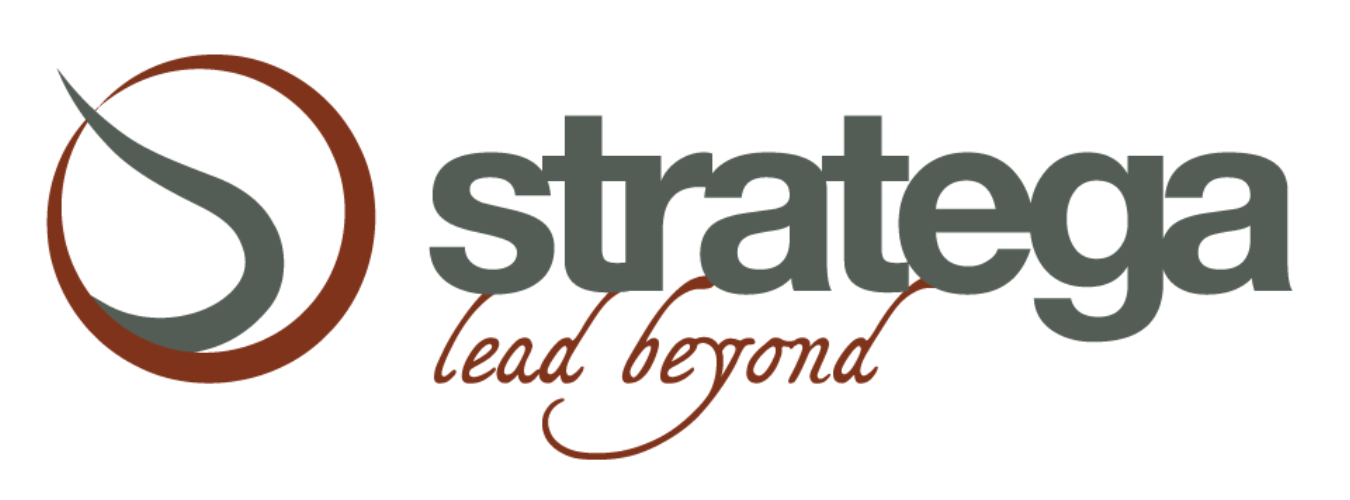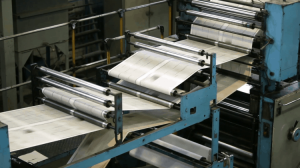This article discusses strategies to reduce manufacturing costs, including process optimization, efficiency improvement, and materials and services research.
The manufacturing sector is an incredibly important sector for a country’s economy, but it can also be very expensive for the companies in it. In this article we will explore some strategies and techniques that companies in this sector can use to reduce costs and increase profits.
What are the main cost items in a manufacturing company?
Any production process brings with it the need to incur costs in order to succeed in producing the desired product. “Production cost” is defined as the cost of transformation processes, i.e., the sum of all the costs of using the factors employed in the production process.
Every entrepreneur has an interest in knowing the costs incurred in his or her business and especially in containing them, since his or her profit comes precisely from the difference between revenues and costs. Predicting what the production cost incurred in a given time frame will be and doing so as accurately as possible is essential to define business goals and the strategy to be implemented to achieve business objectives.
The main cost items for the manufacturing sector are:
- productive labor costs
- material costs
- energy costs
- transportation costs
- corporate structure costs (offices, heating, information system, cleaning and waste disposal services, etc.)
- Indirect costs associated with production (maintenance costs, machinery depreciation, etc.)
Production cost analysis: what it is and how to do it
To reduce the impact of production costs on a company’s bottom line, it is essential to know and govern the company’s entire cost structure through a detailed cost study. Cost analysis is nothing more than a process of optimizing the resources available to a company, which is necessary to achieve business objectives. It is a tool through which a clear snapshot of the economic and technical situation is obtained, while at the same time making it possible to identify so-called “pain points” (weak points) and identify any waste on which to intervene. The cost analysis process can be summarized as follows:
Step 1 – Attribute a value to each type of cost
Step 2 – Identify “pain points” in internal efficiency
Step 3 – Establish the right price for each product
Step 4 – Make a projection of the benefits achievable
Step 5 – Calculate actual revenues.
In essence, at the end of the analysis, the company must be able to identify any corrective actions to contain costs, thereby reducing waste and inefficiencies to achieve the established production KPIs.
Winning strategies to reduce costs
Although it seems difficult, reducing business production costs is possible, and to do so, after identifying the processes that need to be addressed, it is necessary to focus all efforts on implementing certain strategies.
When we focus on the production processes of a manufacturing company, we always work in two directions:
- Cost reduction strategies, which directly affect the costs of materials, labor and equipment involved in production.
- Optimization of production processes
Through the analysis and optimization of production processes, companies can reduce production time, minimize waste and improve the quality of finished products. This can lead to a direct reduction in production costs. - Automating production processes
Automation of manufacturing processes can be a very effective solution to reduce costs. Investment in equipment and software may seem expensive at first, but in the long run, automation can help reduce production costs and improve productivity. - Use innovative technologies
Innovative technologies help reduce costs and increase the efficiency of business processes. For example, the Internet of Things (IoT) can help monitor equipment and machine operation or provide easy access to company information, ensuring workers receive accurate and timely instructions. - Optimize supply management
The inventory must, of necessity, take into account all probable inefficiencies in the production process. In other words, your spare parts inventory (which is different to the more fragile components of your machinery) and your stock of semi-finished products or raw material, is significantly affected by how efficient your production process is. Greater efficiency means lower storage costs and better material consumption. - Introduce maintenance strategies based on TPM
Total Productive Management (TPM) transforms operators from spectators to actors in constant improvement processes. It is, first and foremost, a change of mindset followed closely by procedures and training dedicated to taking care of each and every stage of the production process, all the machinery that makes it possible and, by extension, the entire company’s performance. - Outsourcing processes and activities, with criterion
Outsourcing processes can lead to significant cost reductions and allows for a greater focus on the key processes of each activity. At the same time, it is a choice to be made only after careful analysis: there are business functions that it is almost never cost-effective to outsource, while there are others for which there are proven successful providers and approaches. - Shorten the delivery time
Shortening lead times can reduce business costs in several ways: first, products can be sold more quickly generating larger revenues; second, storage costs are reduced as products are transported and sold more quickly.
- Optimization of production processes
- Strategies for increasing productivity, which aim to reduce waste and increase
the efficiency of business operations so as to produce more with fewer resources.- Implementing management according to Lean Six Sigma
Lean manufacturing is a philosophy that aims to reduce waste within the production chain: this means eliminating any activity or process that does not add value to the final product. Six Sigma, on the other hand, takes a decidedly more pragmatic approach to all processes, placing the focus on manufacturing excellence, zero defects, and higher overall quality. Together they constitute a multiplier for the productivity of every unit and organization. - Investing in staff training
mproving the skills and knowledge of employees, implementing incentive policies to motivate them and increase their productivity, and establishing standardized procedures make it possible to reduce time and errors in managing business activities. - Intelligent automation of decision-making processes
The astounding technological advances of recent years have opened up optimization scenarios with very high potential. Although there has been a raising of the investment barrier, by virtue of often prohibitive costs, the levels of quality and overall performance of the latest generation systems enable respectable ROIs. There are, however, key conditions to be met such as proper adoption planning, team involvement, and careful preliminary analysis.
- Implementing management according to Lean Six Sigma
To effectively manage costs, action must be taken on every aspect of the supply chain
In conclusion, when you want to take action on production costs, it is good practice to proceed in an organized and organic way: the main KPIs will always relate to production costs, subject to the need to be ready to expand your model as you achieve satisfactory levels of efficiency in key processes.
Let us look specifically at how a company should take action to reduce costs: the process is always divided into 3 phases, for which duration and effort vary depending on the state of the art at the time of departure.
- Data acquisition: as trivial as it may seem, it is good to remember that cost reduction comes through the adoption of a model, a mindset and a set of measures that are based on objective data. Often this data is lacking or confused, due to management being too tied to daily operations, and it is therefore essential to acquire as much of it as possible and verify its validity in order to prevent wrong and deleterious choices.
- Building the Model: at this stage it is crucial to build a Loss & Cost Model, that is, an interactive and dynamic guide that is able to transform data into insights on the basis of which decisions can be made. Although there are many approaches, at Stratega we have equipped ourselves with one of the most powerful pieces of software dedicated to this purpose, thanks to which we are able to capture real-time or semi-real-time data and build a model capable of generating value well beyond the end of the collaboration with our partner.
- Implementation of corrective or improvement measures: a good L&C Model guides management’s decisions clearly, even providing precise OKRs to be achieved as a result of changes. Therefore, the last step is to identify the most important activities and work to make quick and decisive changes where needed. Here are some examples of the changes that, often, are needed:
- Adoption of new technologies to enhance quantitative and qualitative output
- Redesign of production processes with constant monitoring of effectiveness
- Staff training and implementation of measures to support quality
- Identification of major cost centers and their reduction
In summary, cost reduction comes through a mix of careful monitoring, waste reduction, and choosing high ROI investments.
Strategic Method
Proper business cost analysis requires constant and continuous work, as does the entire process of improving production performance, and allows for a comprehensive overview of the health of the enterprise and to more cost-effectively and consciously allocate available business resources. In this article we have introduced what are the main business cost reduction strategies applicable depending on the pain points noted, but what can we do specifically for your business?
Stratega’s holistic perspective allows us to identify critical points in the organization and offer solutions that improve overall performance and generate competitive advantages. Through the use of sophisticated cost modeling software, we are able to identify areas on which to intervene to achieve cost savings, but more importantly to implement an automated system of constant and continuous monitoring. Our team of professionals will take you through a training process on Operations strategies, with a focus on what are the most effective methodologies in the area of cost reduction: 5S, Performance Control System (PCS), Total Productive Management (TPM) and logistics process improvement. Our customized solutions include leadership and change management interventions that can improve team health and gain ownership of improvement processes. The result of our intervention is always the sustainable and lasting achievement of the highest standards of excellence in production processes, combining effective methodologies, careful monitoring and growth of internal team skills. In this way, in fact, you will be able to measure an increase in the efficiency and quality of your products and services and, consequently, an increase in profits and business performance.









